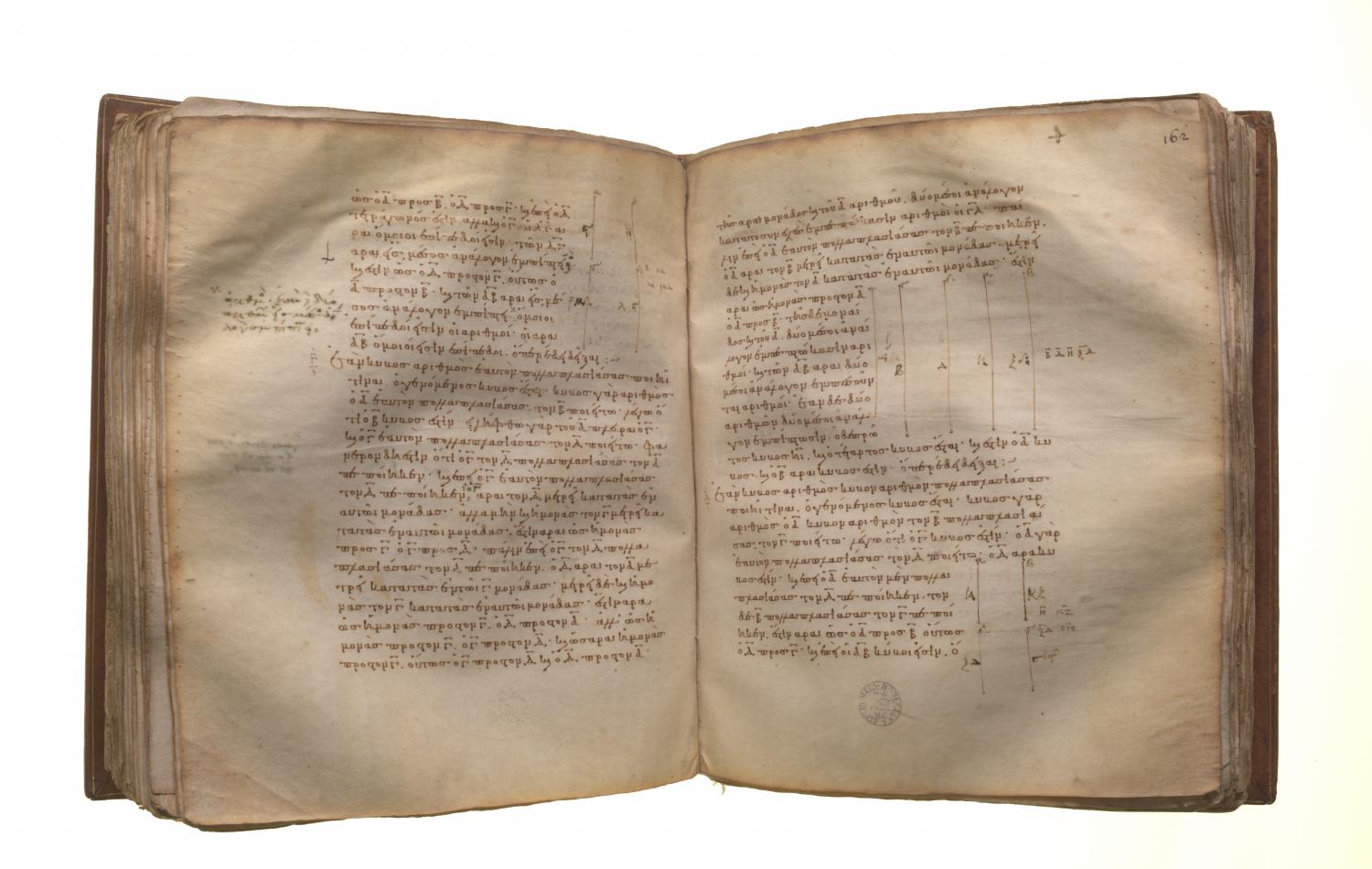Translations
If a cube number by multiplying itself make some number, the product will be cube. For let the cube number A by multiplying itself make B; I say that B is cube. For let C, the side of A, be taken, and let C by multiplying itself make D. It is then manifest that C by multiplying D has made A. Now, since C by multiplying itself has made D, therefore C measures D according to the units in itself. But further the unit also measures C according to the units in it; therefore, as the unit is to C, so is C to D. [VII. Def. 20] Again, since C by multiplying D has made A, therefore D measures A according to the units in C. But the unit also measures C according to the units in it; therefore, as the unit is to C, so is D to A. But, as the unit is to C, so is C to D; therefore also, as the unit is to C, so is C to D, and D to A. Therefore between the unit and the number A two mean proportional numbers C, D have fallen in continued proportion. Again, since A by multiplying itself has made B, therefore A measures B according to the units in itself. But the unit also measures A according to the units in it; therefore, as the unit is to A, so is A to B. [VII. Def. 20] But between the unit and A two mean proportional numbers have fallen; therefore two mean proportional numbers will also fall between A, B. [VIII. 8] But, if two mean proportional numbers fall between two numbers, and the first be cube, the second will also be cube. [VIII. 23]
